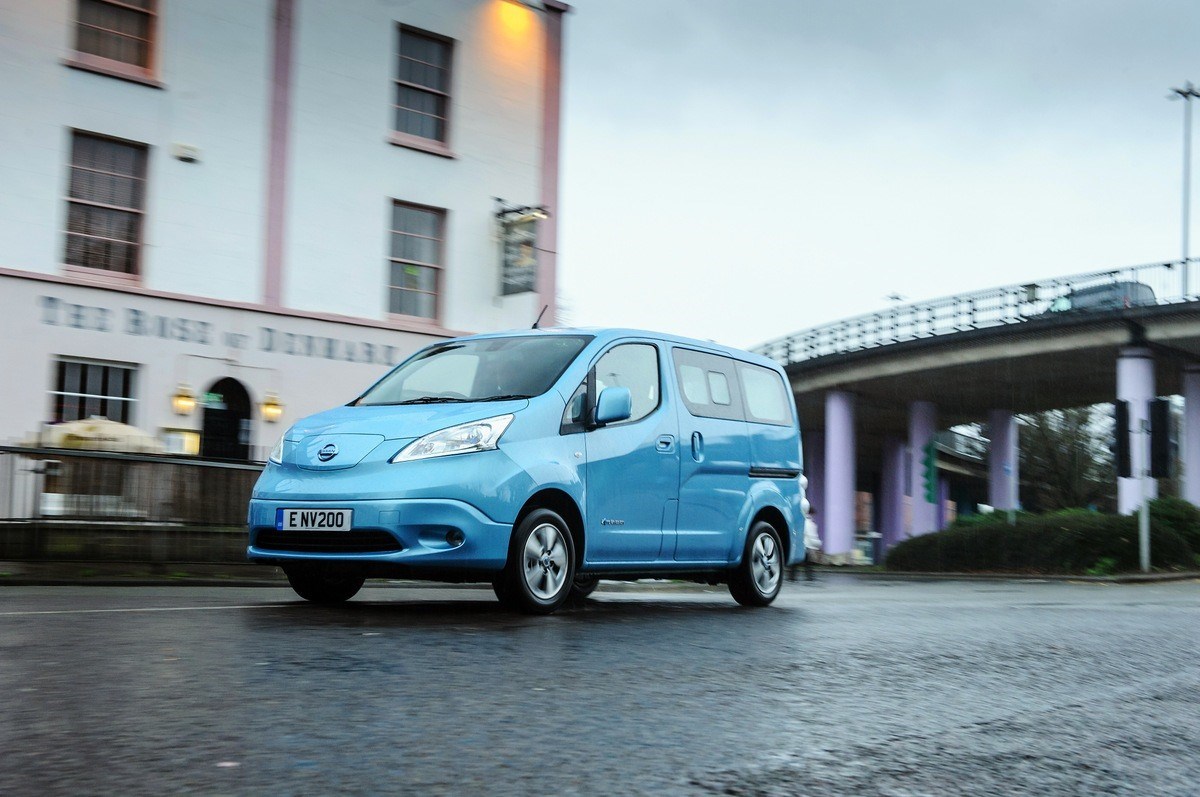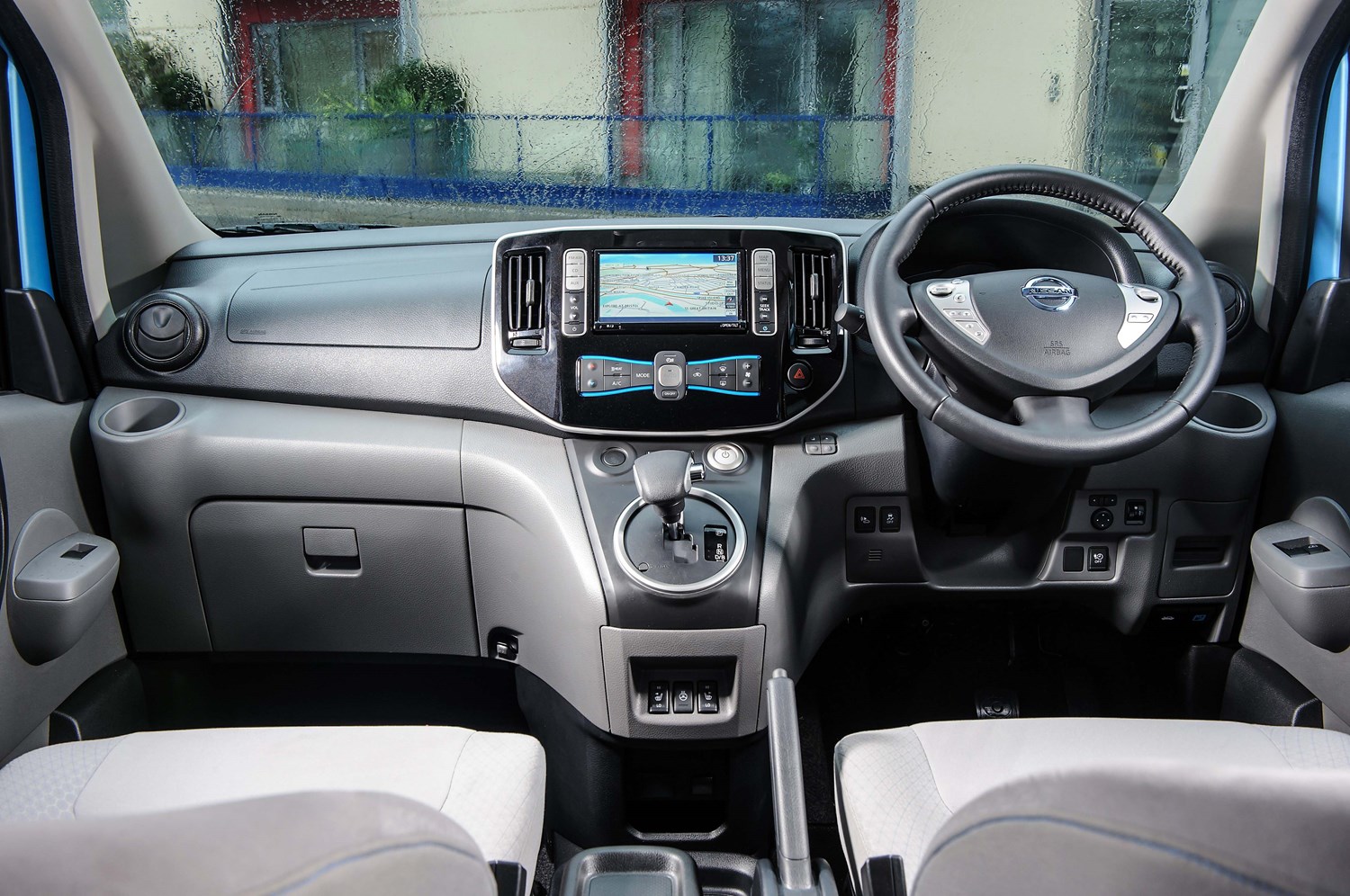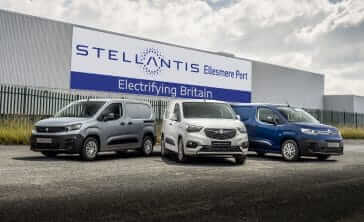Model review
Nissan is one of the most prominent manufacturers when it comes to electric cars, with the firm’s Sunderland-built Leaf essentially being the first mass-market EV when it arrived in 2010, maintaining its status as the UK’s most popular electric car until only a few years ago. It’s little surprise then that Nissan looked to expand its range of electric cars, with the result being the e-NV200.
Previewed in 2012 by a concept, it showed this MPV’s ability to seat up to seven and was based on the standard diesel-powered NV200. Given you can only do so much to the design of a van-based MPV, it was no surprise that when the production version arrived in 2014 – after a host of prototype trials – it looked almost identical to the original concept.
The first e-NV200 shared its 24kWh battery with the original Nissan Leaf, which allowed for a claimed 106-mile electric range, though you’d be lucky to get 80 miles from a charge in real-world conditions. Like the Leaf, you could choose to pay to lease the e-NV200’s battery, or buy the model in full. You can also choose it as both a van and Combi MPV, but it’s the latter we’re reviewing here.
Latest model
At first the e-NV200 was only available with five seats, but by 2015 Nissan introduced a much more versatile seven-seat option.
Following this the latest model arrived in 2018, with Nissan increasing the battery size by 60 per cent – with it now offering a claimed 124 miles of range based on the new WLTP testing cycle, which is more reflective of real-world driving.
Those have been the only real changes, and despite the e-NV200 lacking the tech of new EVs, it remains one of few electric MPVs at this price point, and has proven a big hit with taxi fleets due to its low running costs.
Value for money
Next to similarly-sized van-based MPVs, the e-NV200 certainly isn’t a bargain, with prices just dipping under £30,000. That wouldn’t be too bad, but it’s worth considering just how sparse the entry-level Visia models are – not even gaining alloy wheels, electric mirrors or rapid charging functionality. The mid-spec Acenta is therefore a much better option – you’ll also need to splash out an extra £700 if you want a sixth and seventh seat.
That said, you should really take a look at used examples if you want better value for money, as we spotted a one-year-old model for £23,000.
Looks and image
It’s difficult to make a van-based MPV look stylish, but it seems that Nissan didn’t even attempt to try with the e-NV200. It’s as slab-sided as they come, and certainly looks a bit outdated now. That said, if you’re happy to blend in, the e-NV200 is one of the most undercover EVs around, with discreet ‘zero emission’ badges and clear rear lights being the only cues to separate it from the since discontinued diesel NV200 van.
Functionality is also the key to the interior, with a plain layout and no soft-touch plastics to give it a more upmarket feel. Instead you get a durable-feeling cabin, which will definitely be up to the task of taxi or family duties. The seats are also very comfortable, while the button layout and overall interior is easy to navigate. You’ll need a top-spec model to get a touchscreen, though.
Behind the wheel the e-NV200 drives as you might expect, with blunted performance and little driving enjoyment. But it’s comfortable, easy to drive and has great visibility, which are the most important factors here.
Space and practicality
Whether you choose the five- or seven-seat version of the e-NV200 will be down to personal preference, but we’d recommend spending the slight extra for a third row of seats, even if you might only use them occasionally.
There’s enough room for adults in all three rows, while even with all seats in place it offers a large 870-litre boot, which is significantly more than a conventional MPV. With only the front chairs in position, it also offers up to an impressive 2,940 litres.
Powertrains
As we’ve mentioned, early e-NV200s use a 24kWh battery, which was increased to 40kWh in 2018 – the latter being a much better option.
With the 40kWh model, Nissan claims it can travel 124 miles on the combined cycle, or 187 miles if it’s just used around a city. With a relatively small 80kW electric motor, performance isn’t brisk, but will prove plentiful around a city – where this model is aimed – as it can hit 60mph in 14 seconds, and has a top speed of 76mph.
When it comes to charging, if you choose a version with 50kW rapid charging, the battery can be charged to 80 per cent in 40 minutes, or it’ll take 7.5 hours if you use a 7kW wallbox.
Running costs
If you’re looking for an MPV to cut your running costs down, the e-NV200 is a superb choice. With zero emissions, you won’t have to pay any road tax, while charging costs will be fractional compared to filling a similar vehicle up with petrol or diesel.
With a growing number of emissions-based road schemes in city centres, the e-NV200 should also remain exempt from these, too – saving you a great deal if you drive in London’s Ultra Low Emissions Zone, for example.
Things to look out for
While electric powertrains might seem complex, they’re actually far from that, with far fewer moving parts than a traditional engine, and therefore less to go wrong.
Alongside the standard five-year, 60,000-mile Nissan warranty, the battery is also covered for eight years and 100,000 miles.
Rivals
While the e-NV200 may have been around since 2014, it remains the only real car in its class that is a relatively affordable electric MPV.
There are a number of new models coming to market – including the Mercedes EQV, Citroen e-SpaceTourer and Vauxhall e-Vivaro. All of these are more expensive than the Nissan, but will offer more luxury and space.
Depreciation
While electric cars typically hold their value well, the e-NV200’s relatively niche appeal means it doesn’t hold its value as well as you might expect. For that reason, we’d recommend taking a look at used examples, which have already had that initial depreciation hit to lower their price.





